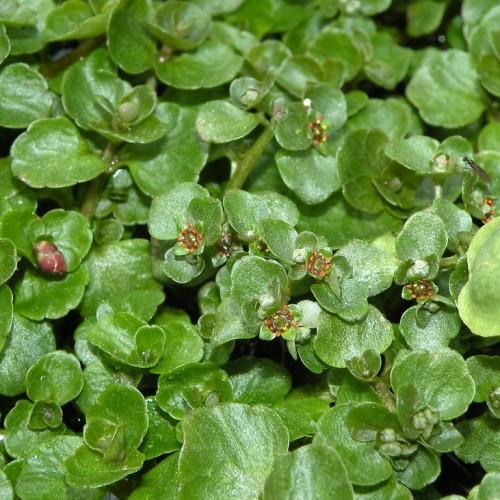
American Golden Saxifrage
Chrysosplenium americanum
Watering:
Minimal
Hardiness Zone:
Sun:
part shade,full shade
Leaf:
Yes
Growth Rate:
Low
Salt Tolerant:
Yes
Care Level:
Medium
watering
Common Pipsissewa (Chimaphila umbellata subsp. umbellata) should be watered occasionally but deeply. Water in the early morning to allow moisture retention before temperatures begin to rise and leave plants in direct sun. Keep the soil moist and allow it to dry out slightly in between watering. For normal outdoor conditions, avoid wetting the leaves, as this can cause fungal diseases. As a general rule, water only when the top 2 inches of soil are dry. During droughts, the plants may require supplemental watering for survival.
sunlight
Common Pipsissewa (Chimaphila umbellata subsp. umbellata) is a shade-tolerant plant that thrives best in partial to full shade. It prefers shady spots such as old-growth forests or understory vegetation, where it gets filtered light or dappled light. It can survive in full sun, but it will do best when it receives at least 4 hours of sunshine each day. The optimal amount of sunlight for Common Pipsissewa is during the early morning or late afternoon, when the sun is not at its strongest. Avoid direct, mid-day sunlight, as it can be too intense for the plant.
pruning
Common Pipsissewa should be pruned in late winter to early spring for best results. The pruning should be light to moderate. Dead or damaged stems should be removed, and any sprawling stems should be trimmed back. It is also a good idea to remove some of the older stems before new growth begins. For maximum growth potential, the plant should be sheltered in a sunny or partially shady area with well-draining soil. During the season, lightly trim off excess foliage after flowering is complete. This will help the plant conserve energy and maintain its health and beauty.
